GLOBAL LOGISTICS
Whatsapp: +86 13510290734
Email: op@sz-junqing.com

The chinese freight forwarder should be familiar with how to choose the appropriate ocean carrier or mode of transportation to provide services to its customers fully and efficiently.
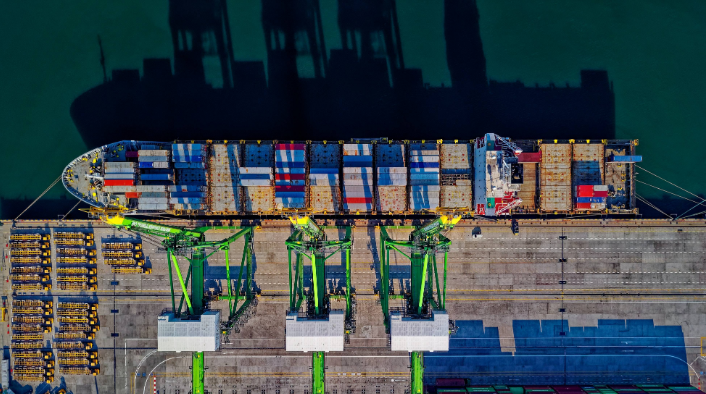
The business scope that chinese freight forwarder must be familiar with, including the following aspects:
Common sense of maritime geography
① You should be familiar with the main routes of world trade, the location of ports, transshipment places and inland distribution centers;
② Understand the mode of international trade and its development trend, the flow of goods.
Type of Shipping Method
There are 4 modes of transportation in the world shipping market, liner association transportation, non-liner association transportation, NVOCC transportation, and non-scheduled ship transportation.
A liner association is an organization of liner companies that operate on a specific route according to a predetermined shipping schedule, with a common rate schedule and a fixed port of call. For shippers, the liner conference system has the advantages of stable freight rates and regular transportation services, but the freight rates are usually higher.
Non-liner union shipping companies have appeared on some international routes in recent years.
A non-vessel operating carrier is a carrier that is engaged in regular operations and does not own the ships required to operate maritime transport. Although the relationship to the actual shipper is the carrier, the relative actual carrier appears as the shipper. Its roles as a principal include: undertaking the responsibilities arising from the transportation of goods by sea; using sea carriers, including liner conferences and non-liner conference shipping companies, to provide services; expanding the scope of services through door-to-door transportation.
There is no fixed route and timetable for non-scheduled ship transportation, and it can operate on any route, and the freight rate is usually negotiable.
For the shipper, there are several considerations for which mode of transportation to choose, as a chinese freight forwarder, the performance of the carrier concerned should be checked very carefully.
First, the regularity of transportation services. If the goods need to be transported at a fixed interval, choose a liner that calls at a fixed port, a fixed rate, and sails strictly according to the sailing schedule.
Second, the speed of transportation. When the shipper wants to meet the demand for a certain kind of goods to be delivered within the specified date, it will pay more attention to the problem of transportation speed. As long as its requirements can be met, the cost will not be considered.
Third, shipping costs. When the regularity and speed of shipments are not the main factors considered by the shipper, the cost of shipping becomes the most important factor.
Fourth, the reliability of transportation. This is another important factor to consider when choosing a carrier. Before choosing a shipping company, it is advisable to independently examine its strength and credibility, which will reduce maritime fraud. Fifth, operating conditions and responsibilities. The business conditions and responsibilities of the owner or operator of the ship used by the shipper should be investigated. On the surface, a certain ship owner has ownership of the ship, but in fact, he mortgages the ship to the bank and becomes the ship operator through the operating contract with the bank. The ship operator may be a time charterer. According to the charter party, the shipowner can lien the cargo transported by the operator for the unpaid rent.
type of ship
The chinese freight forwarder must know the following characteristics of the ship:
① Ship registration and ship tonnage. Every ship should have a nationality, be registered with a certain country, and have the right to fly the flag of that country.
② Gross Registered Tons (GRT). Gross Registered Tonnage is the total volume of the ship measured at 150 cubic feet per ton.
③ Net registered tons (NRT). Net registered tonnage is the volume measured after deducting the space occupied by machinery and the spaces occupied by the crew from the gross registered tonnage.
④ Bulk volume. It is the total space that a ship can hold cargo, including the volume occupied by hatches and openings on the deck for loading and unloading cargo.
⑤ Packaging volume. It refers to the total cabin space available for packaged goods.
⑥Total deadweight ton (DWT). It is the ship's loading capacity expressed in weight tons. The loading capacity shall be the weight of the total deadweight ton minus fuel, equipment, water and food.
⑦ Load line. The load line mark indicates the significant limit of cargo that can be loaded without endangering the safety of the ship. The distance from the load line to the deck is called the freeboard.
⑧ Ship class. Ship class plays an important role in marine insurance because ships of higher class pay less premium than ships of lower class. Freight forwarders should also be aware of the following common types of cargo ships:
①Traditional liner. Vessels of this type provide regular shipping services, usually carrying loose or small quantities of cargo. The cargo is loaded and unloaded using the ship's boom or crane, and the cargo is stowed manually on the ship.
②Semi-container ship or semi-pallet ship. This type of vessel carries bulk cargo and pre-loaded containers or pallets, stowed by forklift trucks, and can also be loaded in open cargo holds or decks.
③ Full container ship. It is a ship built for loading containers. It uses its own loading and unloading equipment or
Containers are loaded and unloaded with shore cranes. Different types of container ships are roughly divided into several "generations". Ships with a container carrying capacity of 600TEU to 1000TEU are the first generation container ships; ships with a container carrying capacity of 1100TEU to 1800TEU are called second generation container ships; they can carry 2000TEU. ~3000TEU is the third generation container ship. Container ships reaching the third generation are Panamax ships that are wide enough to pass through the Panama Canal. Fourth-generation and higher-capacity ships have larger widths and are not suitable for passing through the Panama Canal.
Door to Door Shipping from China to UAE
2025-02-25
Although Saudi Arabia has a small population, it has strong purchasing power and supports many Chinese cross-border e-commerce businesses such as jollychic, fordeal, funmart, etc. However, Saudi logistics is a very troublesome problem. This article will i
2022-07-07
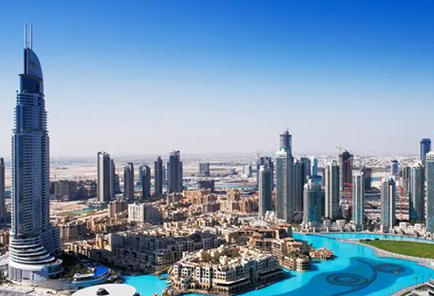
More →
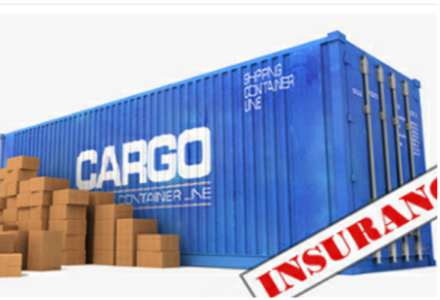
More →
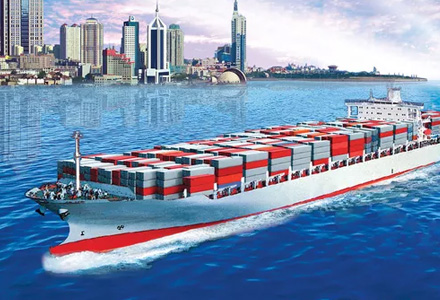
More →
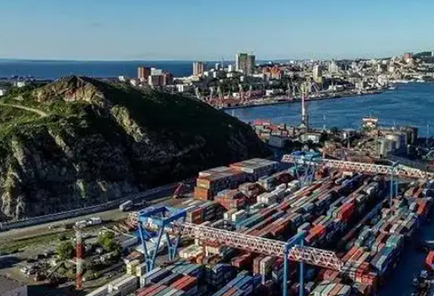
More →
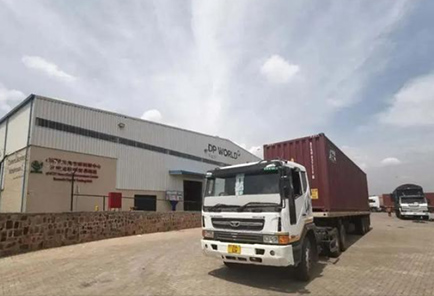
More →
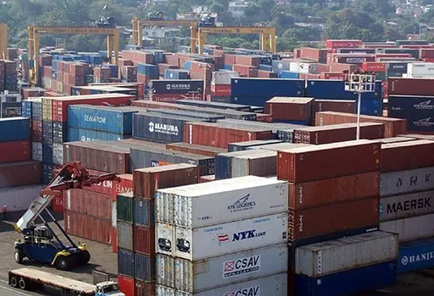
More →
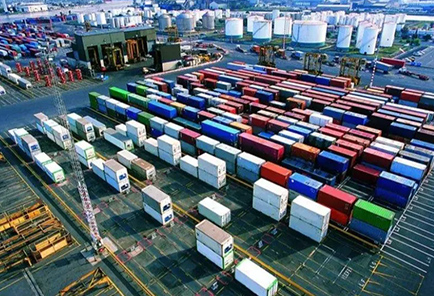
More →